PL Santoshi was one of the filmmakers who possibly best integrated music into his films.
A common perception about Hindi cinema is that characters often burst into song and dance without any rationale or logic. This is a somewhat harsh view taken by critics because even in the American musicals, film-makers such as Vincente Minnelli licenced their characters to sing merely because they felt like doing so. There were no preconditions for characters to foray into music.
Even then, Hindi cinema from the 1950s, right upto the mid-1970s, allowed for music to be integrated into the script in a far more organic way than is popularly thought. Film-makers often placed a musician character - a poet, a singer – at the heart of their narratives to rationalise song and dance in their films. Other directors placed their protagonists in the theatre space (Albela - 1951, Shrimatiji - 1952, Aasha – 1957) to allow for song sequences or had their protagonists perform songs on birthdays, marriages, parties or other occasions of celebration that called for music.
One such film-maker, who possibly best integrated music into his films was PL Santoshi, the director Raj Kumar Santoshi’s father. Sanotshi, who co-directed Dil Hi Toh Hai (1963) with CL Rawal, always based his storylines around a musician figure/s. Dil Hi Toh Hai’s hero was the poet/singer Chand (Raj Kapoor). With this background, the character is licensed to sing at any point in the film. Consequently, some of the film’s best songs such as ‘Tum agar mujhko na chaaho’ or the film’s title track are picturized on Chand. Even when he is in disguise, Chand is able to sing ‘Laaga chunari mein daag’, a song with profound philosophical connotations because of his character’s connection with poetry. Speaking on the song in the latest episode of The Golden Years: 1950-1975, A Musical Journey, Javed Akhtar opined, “The very first line of the song’s mukhda is not Sahir’s [the film’s lyricist]. It is a traditional line, handed down over the ages. The line [‘Laga chunari mein daag’] is from Kabir’s era.”
This was Santoshi’s strength. Right from the time of his early works such as Shehnai (1947) and Sargam (1950) or a later film like Barsaat Ki Raat (1960), Santoshi’s films always followed this pattern. If Shehnai was about four girls who work in their father’s nautanki troupe, Sargam was about the struggles of a group of sisters, who have been trained in classical music. Barsaat Ki Raat had the hero Bharat Bhushan play a poet. And most of these films by Santoshi are remembered for their music.
Another film from the same year as Dil Hi Toh Hai, which had the hero play a poet figure was the Muslim social, Mere Mehboob (1963). The film had terrific songs, which included the title track ‘Mere mehboob’. This song was a fairly longish one, with about eight antaras in it. Javed Akhtar made an insightful observation in this context, ‘Because the song was being sung by a poet character, each antara could not have a different arrangement. Neither did it have a sudden change in beat or the random appearance of an alaap. This wasn’t the case.
There can be no doubt that it was a fairly good composition but Naushad sa’ab’s composition was more poetic than it was musical. It is Shakeel’s [Badayuni] poetry which holds the song. Each antara was so beautiful. It is a very, very well-written song.’ BR Chopra’s Gumraah, which released in the same year as Dil Hi Toh Hai and Mere Mehboob, also presented Sunil Dutt’s character in the film as an artist-singer. In his earlier film Sadhana (1958), Chopra had presented Vyjayanthimala’s character as a courtesan and so music was integral to the film.
In Gumraah, music is essential to Dutt’s romance and extra-marital affair with Mala Sinha’s character as is evident in the songs, ‘Inn hawaaon mein, in fizaaon mein’, ‘Aap aaye toh khayal-e- dil-e nashaad aaya’ and ‘Chalo ik baar phir se ajnabi bann jaaye hum dono’. The songs of the film were written by Sahir Ludhianvi. Legend has it that ‘Chalo ik baar’, which was a poem Khubsoorat Modh that had been written by Sahir many years earlier, was based on a romantic liaison unfolding in the poet-lyricist’s life. However, as Javed Akhtar concluded, the name of the lady for whom Sahir had written the poem cannot be mentioned on television and so we must let bygones be bygones.
To watch the next episode of The Golden Years: 1950-1975, A Musical Journey with Javed Akhtar, tune in to Zee Classic on Sunday at 8 p.m.!
![submenu-img]() Viral video: Ghana man smashes world record by hugging over 1,100 trees in just one hour
Viral video: Ghana man smashes world record by hugging over 1,100 trees in just one hour![submenu-img]() This actress, who gave blockbusters, starved to look good, fainted at many events; later was found dead at...
This actress, who gave blockbusters, starved to look good, fainted at many events; later was found dead at...![submenu-img]() Taarak Mehta actor Gurucharan Singh operated more than 10 bank accounts: Report
Taarak Mehta actor Gurucharan Singh operated more than 10 bank accounts: Report![submenu-img]() Ambani, Adani, Tata will move to Dubai if…: Economist shares insights on inheritance tax
Ambani, Adani, Tata will move to Dubai if…: Economist shares insights on inheritance tax![submenu-img]() Cargo plane lands without front wheels in terrifying viral video, watch
Cargo plane lands without front wheels in terrifying viral video, watch![submenu-img]() DNA Verified: Is CAA an anti-Muslim law? Centre terms news report as 'misleading'
DNA Verified: Is CAA an anti-Muslim law? Centre terms news report as 'misleading'![submenu-img]() DNA Verified: Lok Sabha Elections 2024 to be held on April 19? Know truth behind viral message
DNA Verified: Lok Sabha Elections 2024 to be held on April 19? Know truth behind viral message![submenu-img]() DNA Verified: Modi govt giving students free laptops under 'One Student One Laptop' scheme? Know truth here
DNA Verified: Modi govt giving students free laptops under 'One Student One Laptop' scheme? Know truth here![submenu-img]() DNA Verified: Shah Rukh Khan denies reports of his role in release of India's naval officers from Qatar
DNA Verified: Shah Rukh Khan denies reports of his role in release of India's naval officers from Qatar![submenu-img]() DNA Verified: Is govt providing Rs 1.6 lakh benefit to girls under PM Ladli Laxmi Yojana? Know truth
DNA Verified: Is govt providing Rs 1.6 lakh benefit to girls under PM Ladli Laxmi Yojana? Know truth![submenu-img]() Alia Bhatt wears elegant saree made by 163 people over 1965 hours to Met Gala 2024, fans call her ‘princess Jasmine’
Alia Bhatt wears elegant saree made by 163 people over 1965 hours to Met Gala 2024, fans call her ‘princess Jasmine’![submenu-img]() Jr NTR-Lakshmi Pranathi's 13th wedding anniversary: Here's how strangers became soulmates
Jr NTR-Lakshmi Pranathi's 13th wedding anniversary: Here's how strangers became soulmates![submenu-img]() Streaming This Week: Heeramandi, Shaitaan, Manjummel Boys, latest OTT releases to binge-watch
Streaming This Week: Heeramandi, Shaitaan, Manjummel Boys, latest OTT releases to binge-watch![submenu-img]() Remember Ayesha Kapur? Michelle from Black, here's how actress, nutrition coach, entrepreneur looks after 19 years
Remember Ayesha Kapur? Michelle from Black, here's how actress, nutrition coach, entrepreneur looks after 19 years![submenu-img]() Remember Heyy Babyy's cute 'Angel' Juanna Sanghvi? 20 year-old looks unrecognisable now, fans say 'her comeback will...'
Remember Heyy Babyy's cute 'Angel' Juanna Sanghvi? 20 year-old looks unrecognisable now, fans say 'her comeback will...'![submenu-img]() Haryana Political Crisis: Will 3 independent MLAs support withdrawal impact the present Nayab Saini led-BJP government?
Haryana Political Crisis: Will 3 independent MLAs support withdrawal impact the present Nayab Saini led-BJP government?![submenu-img]() DNA Explainer: Why Harvey Weinstein's rape conviction was overturned, will beleaguered Hollywood mogul get out of jail?
DNA Explainer: Why Harvey Weinstein's rape conviction was overturned, will beleaguered Hollywood mogul get out of jail?![submenu-img]() What is inheritance tax?
What is inheritance tax?![submenu-img]() DNA Explainer: What is cloud seeding which is blamed for wreaking havoc in Dubai?
DNA Explainer: What is cloud seeding which is blamed for wreaking havoc in Dubai?![submenu-img]() DNA Explainer: What is Israel's Arrow-3 defence system used to intercept Iran's missile attack?
DNA Explainer: What is Israel's Arrow-3 defence system used to intercept Iran's missile attack?![submenu-img]() This actress, who gave blockbusters, starved to look good, fainted at many events; later was found dead at...
This actress, who gave blockbusters, starved to look good, fainted at many events; later was found dead at...![submenu-img]() Taarak Mehta actor Gurucharan Singh operated more than 10 bank accounts: Report
Taarak Mehta actor Gurucharan Singh operated more than 10 bank accounts: Report![submenu-img]() Aavesham OTT release: When, where to watch Fahadh Faasil's blockbuster action comedy
Aavesham OTT release: When, where to watch Fahadh Faasil's blockbuster action comedy![submenu-img]() Sonakshi Sinha slams trolls for crticising Heeramandi while praising Bridgerton: ‘Bhansali is selling you a…’
Sonakshi Sinha slams trolls for crticising Heeramandi while praising Bridgerton: ‘Bhansali is selling you a…’![submenu-img]() Sanjeev Jha reveals why he cast Chandan Roy in his upcoming film Tirichh: 'He is just like a rubber' | Exclusive
Sanjeev Jha reveals why he cast Chandan Roy in his upcoming film Tirichh: 'He is just like a rubber' | Exclusive![submenu-img]() IPL 2024: Mumbai Indians knocked out after Sunrisers Hyderabad beat Lucknow Super Giants by 10 wickets
IPL 2024: Mumbai Indians knocked out after Sunrisers Hyderabad beat Lucknow Super Giants by 10 wickets![submenu-img]() PBKS vs RCB IPL 2024: Predicted playing XI, live streaming details, weather and pitch report
PBKS vs RCB IPL 2024: Predicted playing XI, live streaming details, weather and pitch report![submenu-img]() PBKS vs RCB IPL 2024 Dream11 prediction: Fantasy cricket tips for Punjab Kings vs Royal Challengers Bengaluru
PBKS vs RCB IPL 2024 Dream11 prediction: Fantasy cricket tips for Punjab Kings vs Royal Challengers Bengaluru![submenu-img]() Watch: Bangladesh cricketer Shakib Al Hassan grabs fan requesting selfie by his neck, video goes viral
Watch: Bangladesh cricketer Shakib Al Hassan grabs fan requesting selfie by his neck, video goes viral![submenu-img]() IPL 2024 Points table, Orange and Purple Cap list after Delhi Capitals beat Rajasthan Royals by 20 runs
IPL 2024 Points table, Orange and Purple Cap list after Delhi Capitals beat Rajasthan Royals by 20 runs![submenu-img]() Viral video: Ghana man smashes world record by hugging over 1,100 trees in just one hour
Viral video: Ghana man smashes world record by hugging over 1,100 trees in just one hour![submenu-img]() Cargo plane lands without front wheels in terrifying viral video, watch
Cargo plane lands without front wheels in terrifying viral video, watch![submenu-img]() Tiger cub mimics its mother in viral video, internet can't help but go aww
Tiger cub mimics its mother in viral video, internet can't help but go aww![submenu-img]() Octopus crawls across dining table in viral video, internet is shocked
Octopus crawls across dining table in viral video, internet is shocked![submenu-img]() This Rs 917 crore high-speed rail bridge took 9 years to build, but it leads nowhere, know why
This Rs 917 crore high-speed rail bridge took 9 years to build, but it leads nowhere, know why 

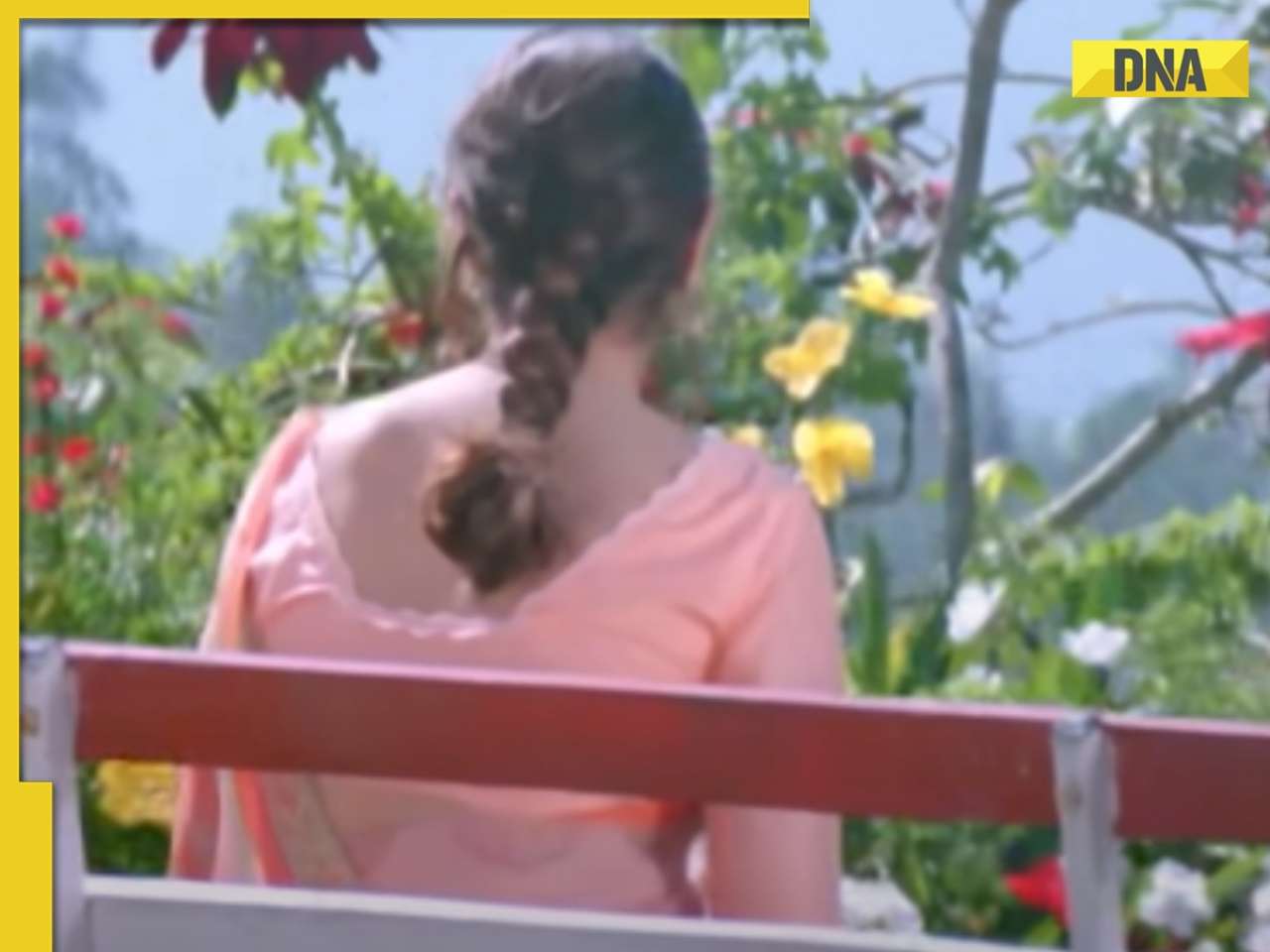

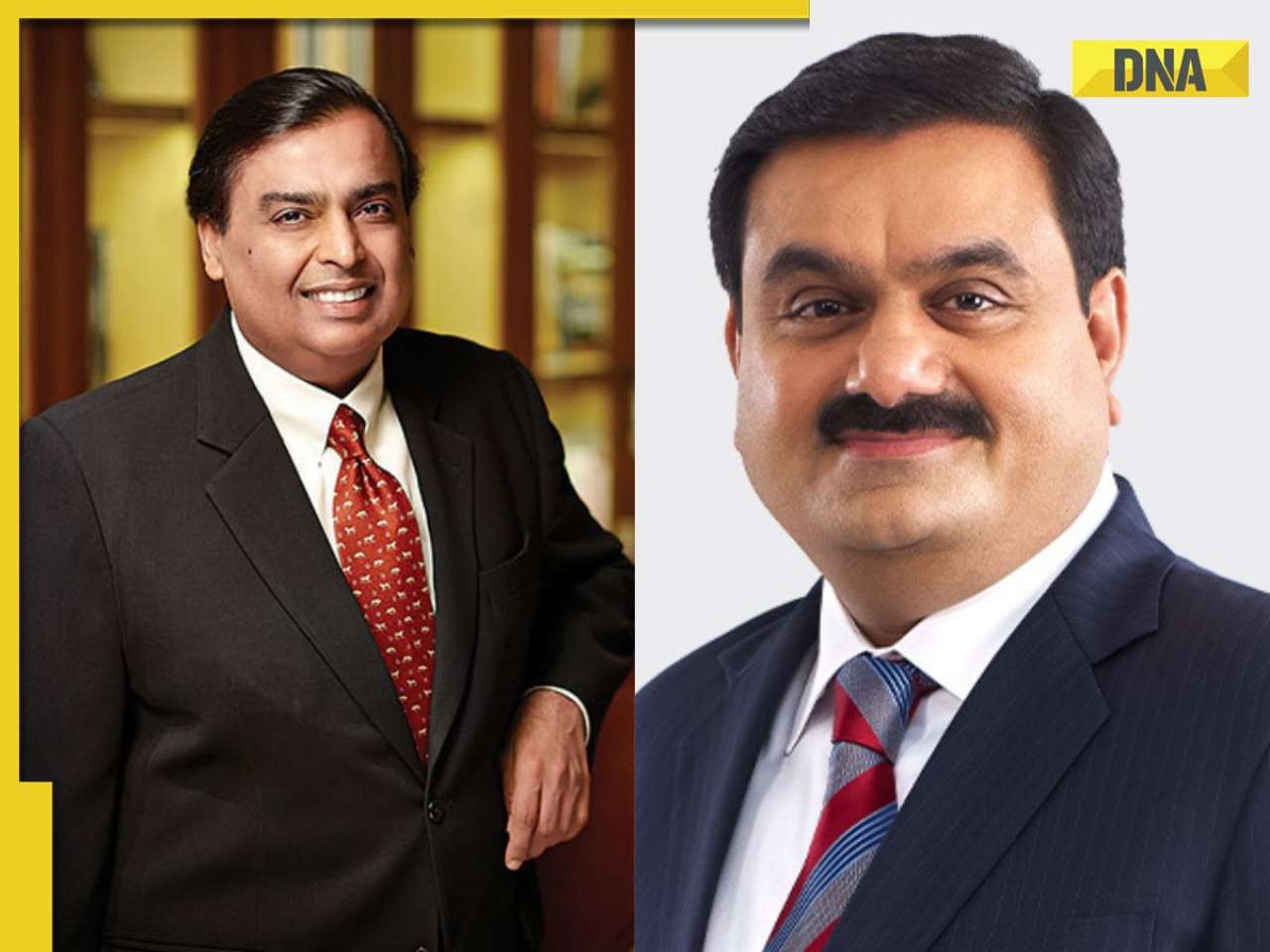






















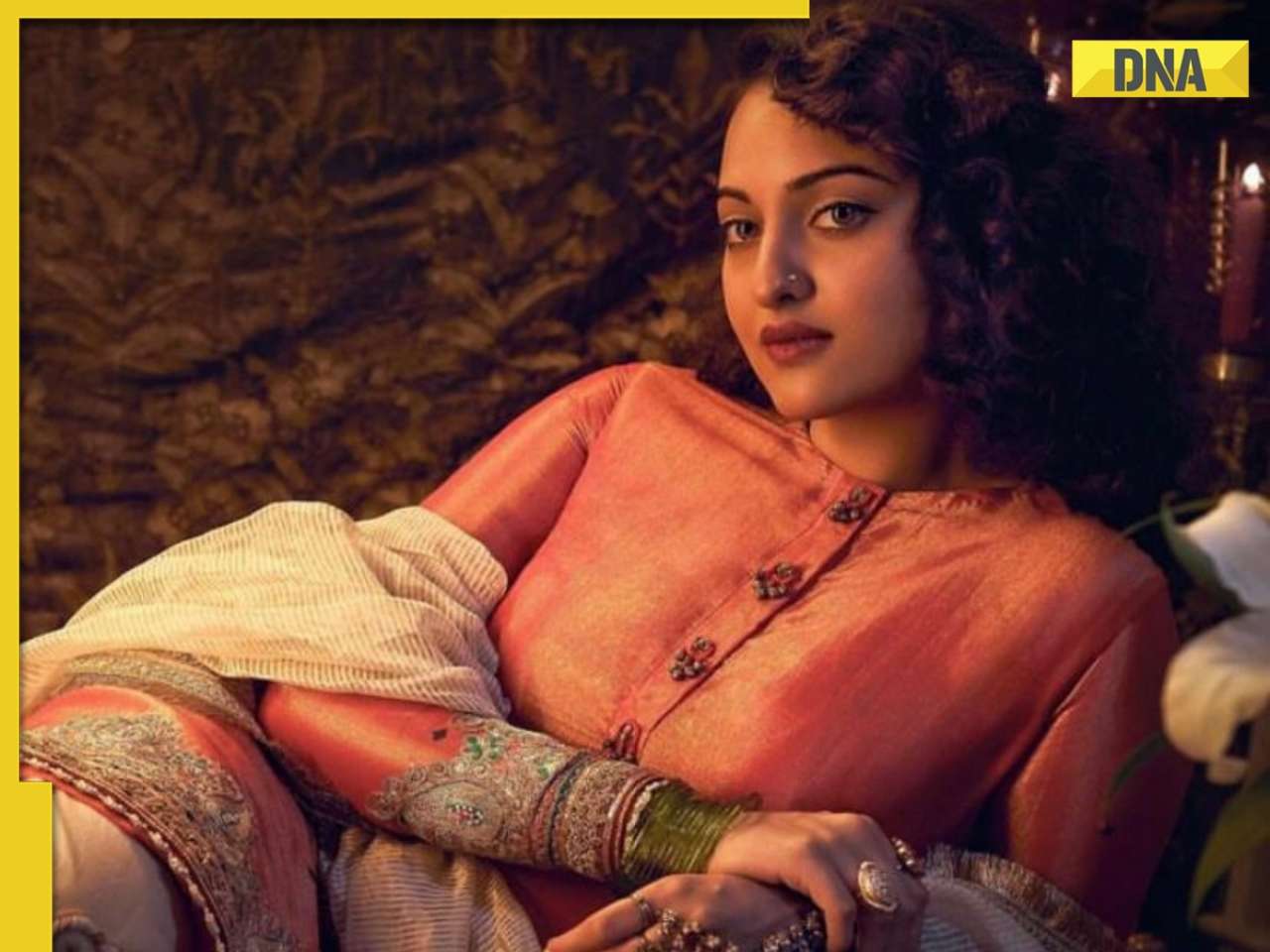

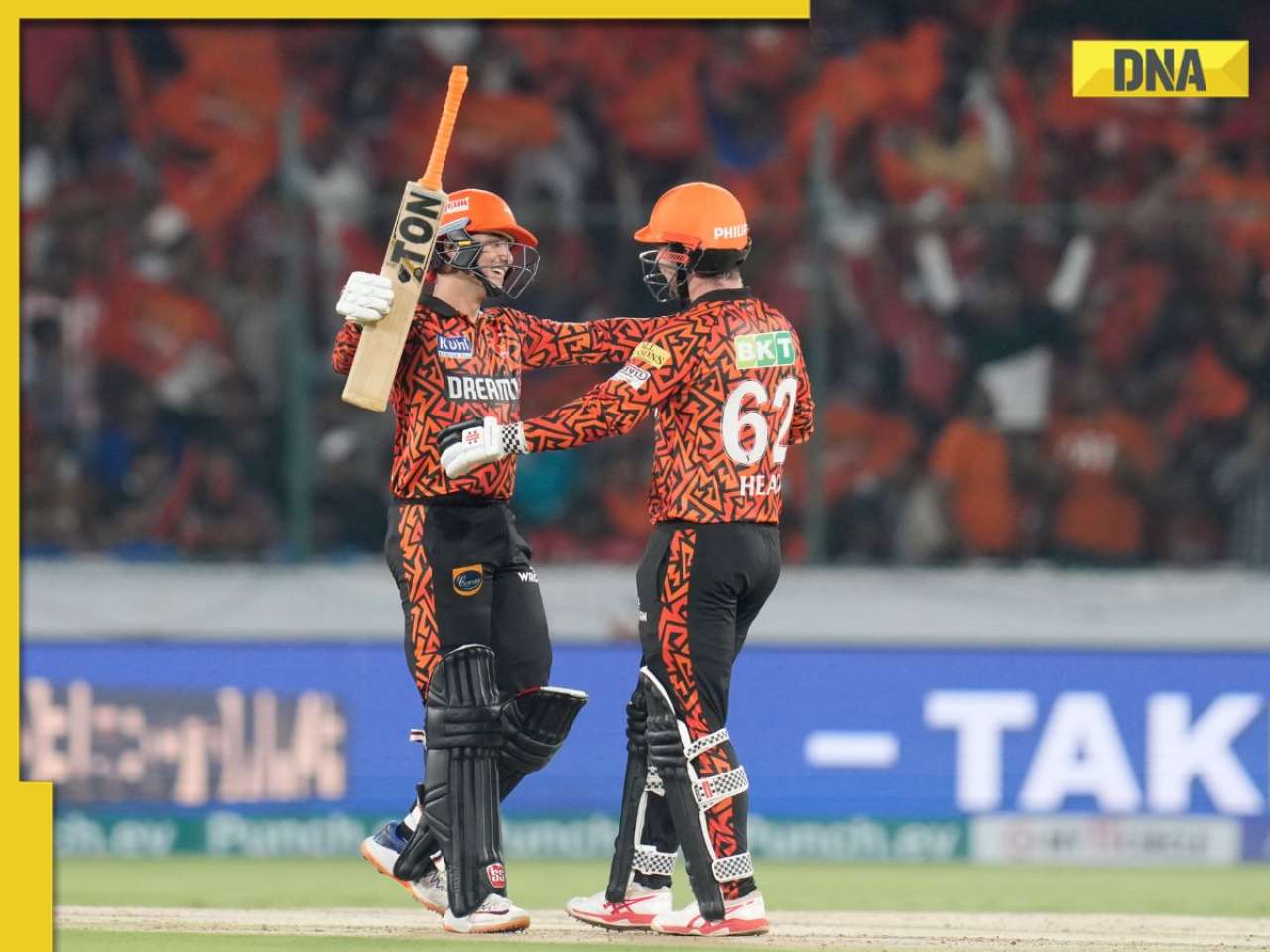
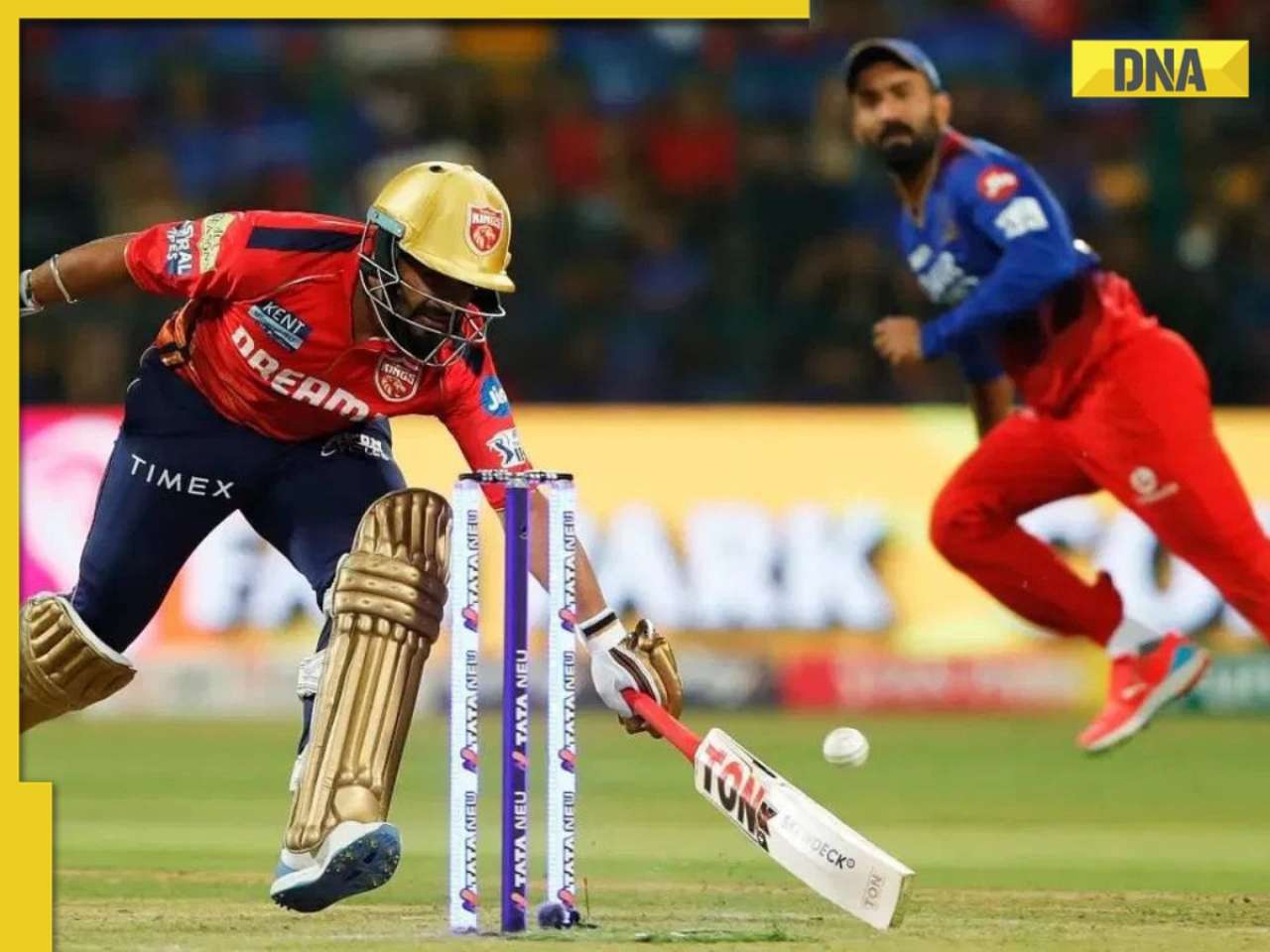
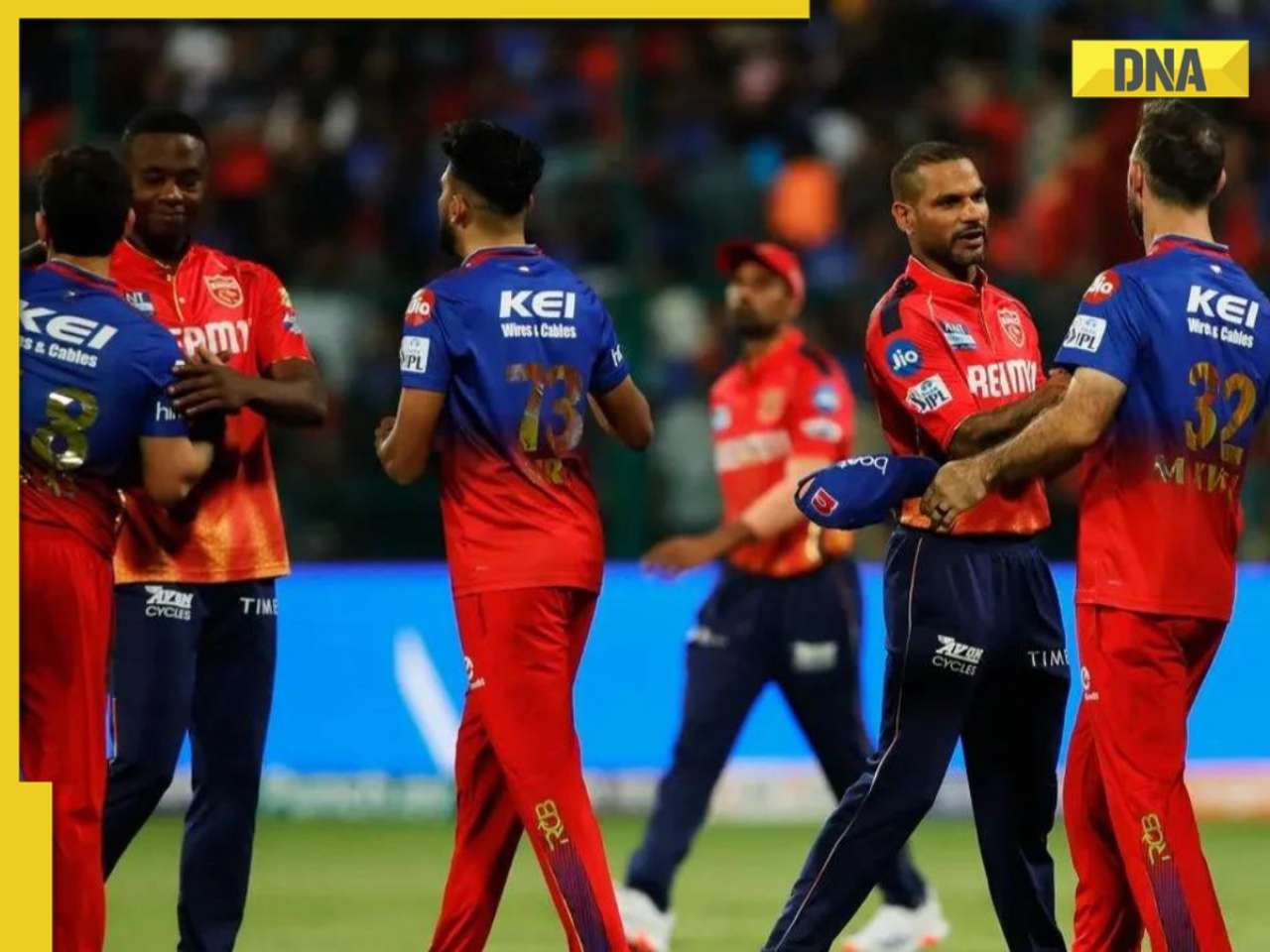
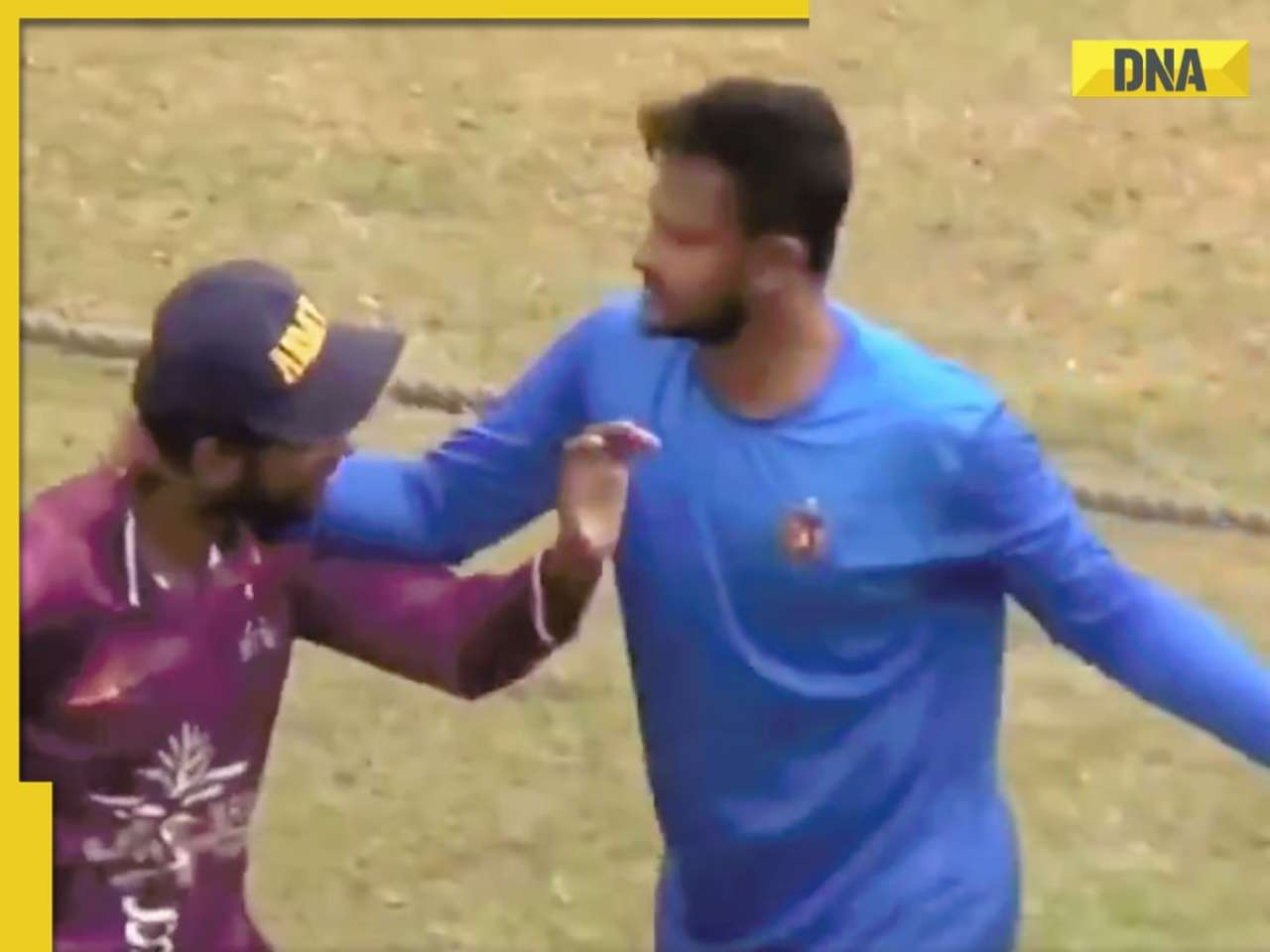
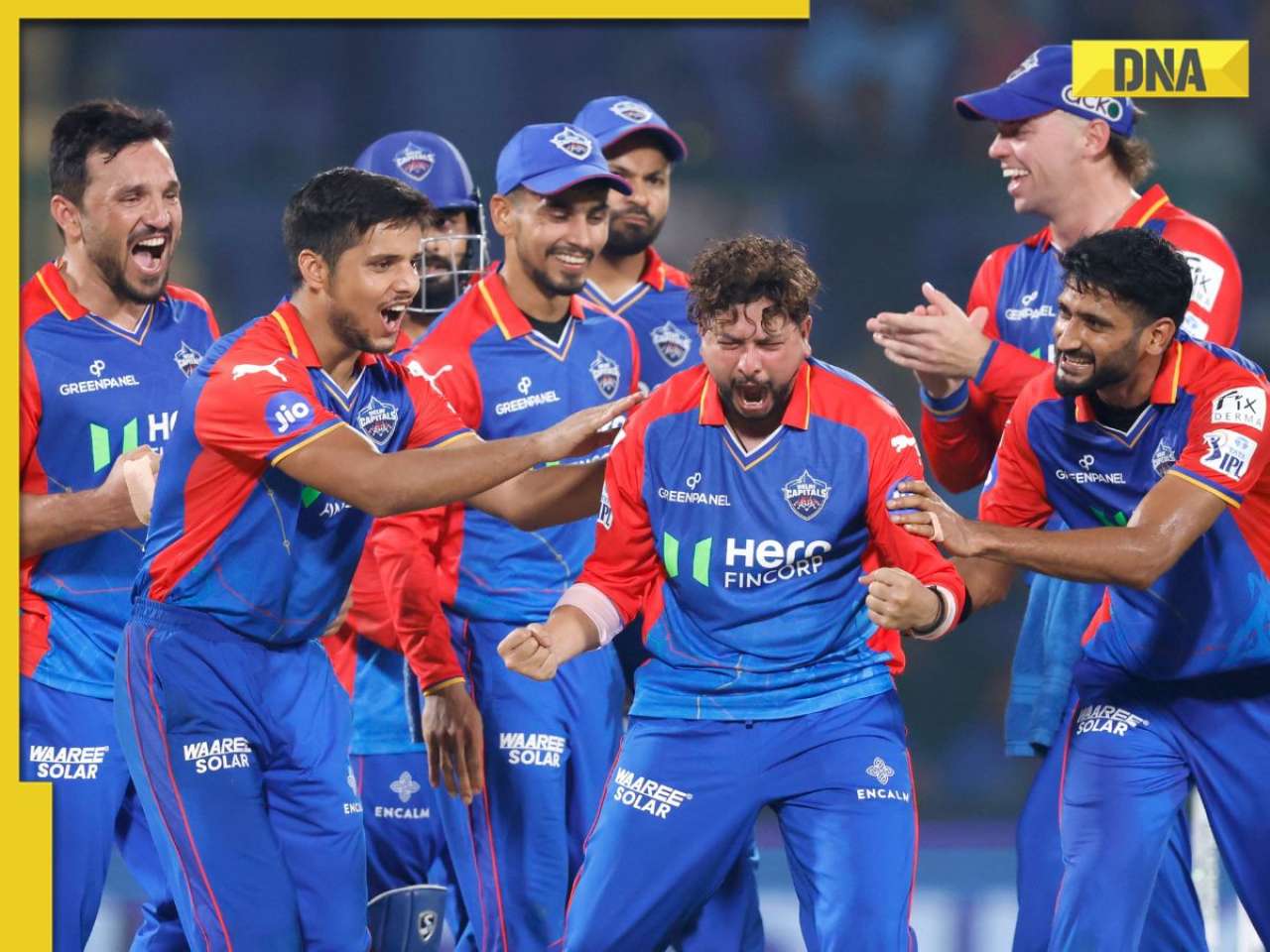

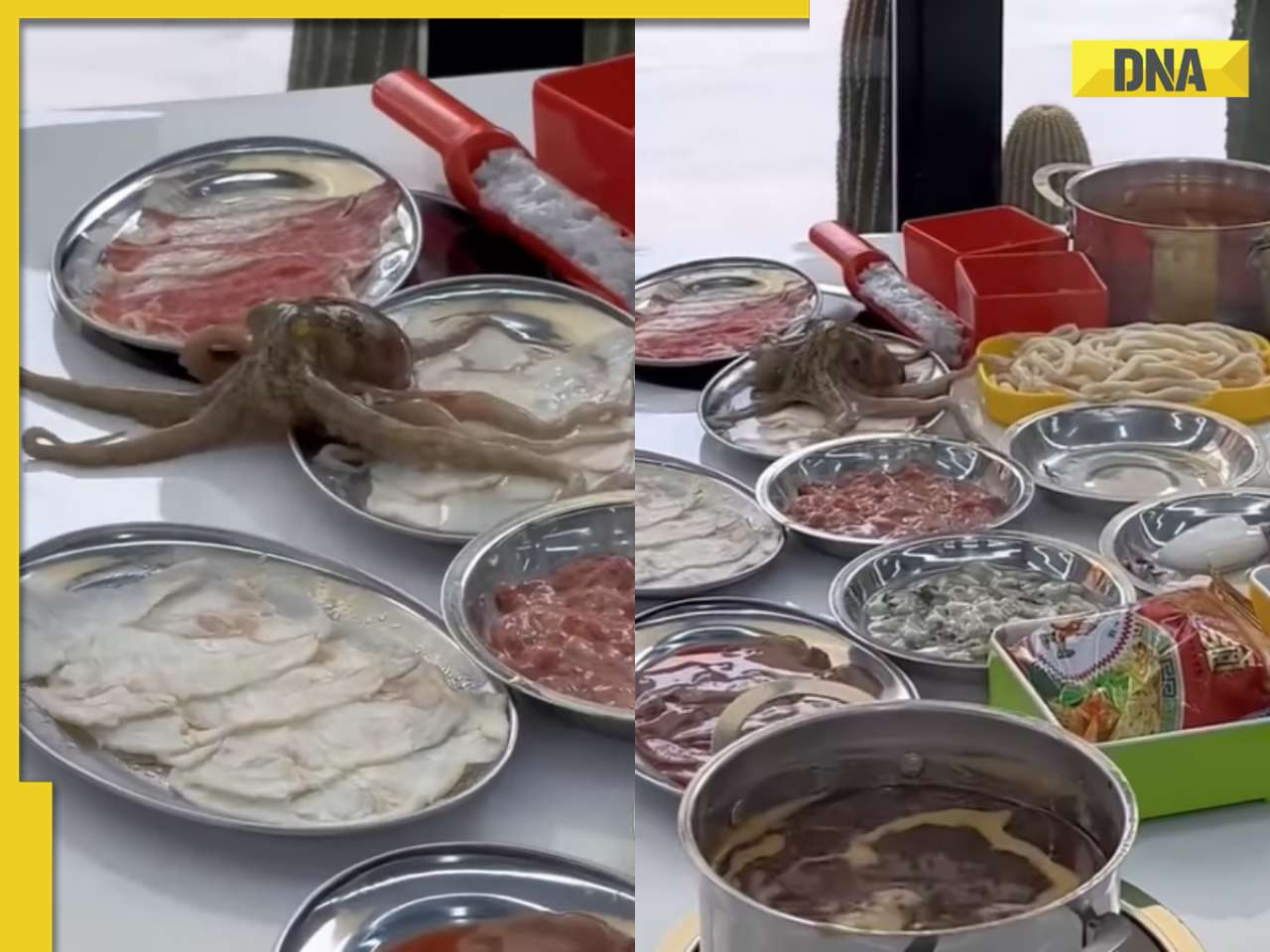


)
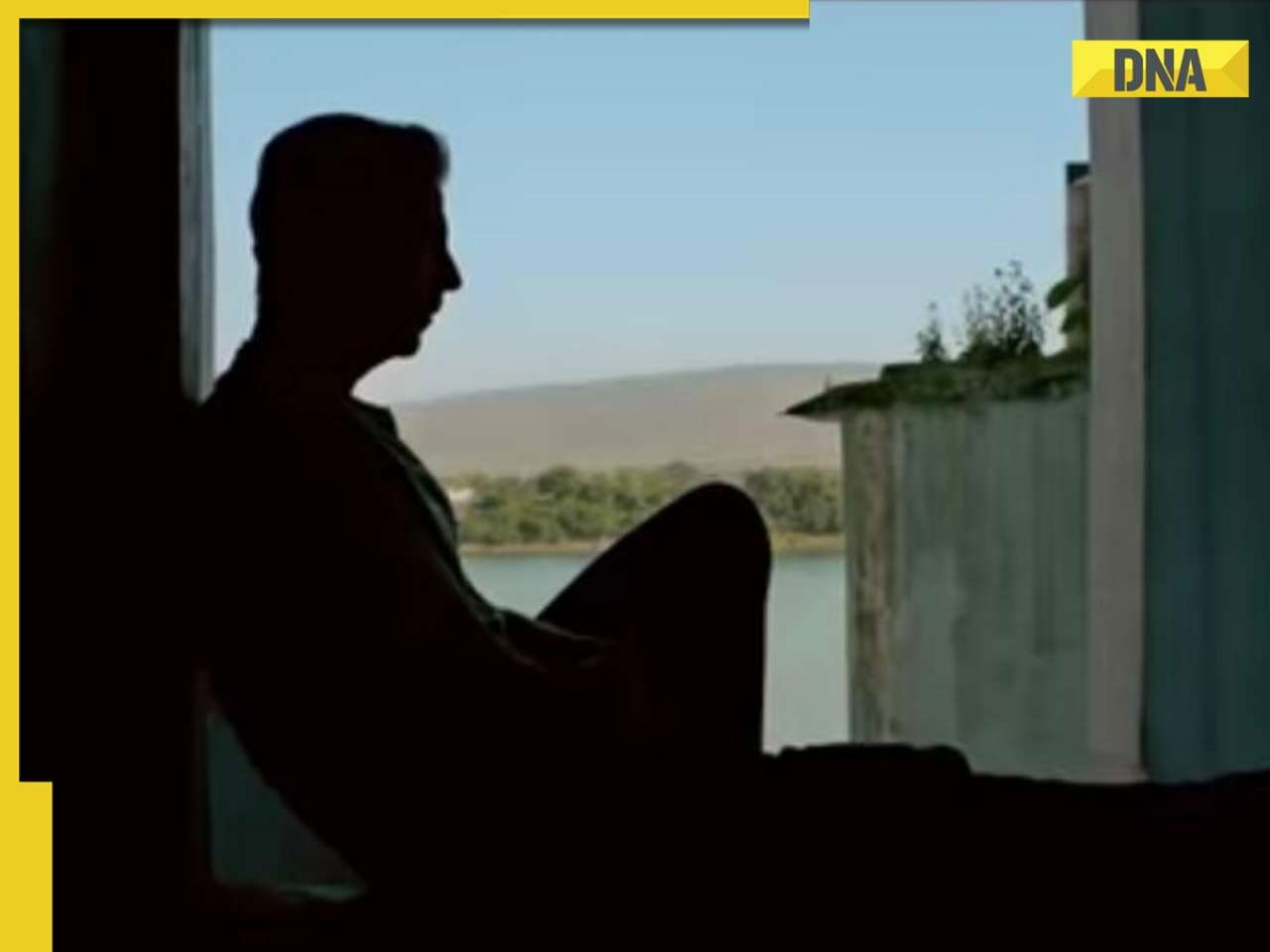











)
)
)
)
)
)